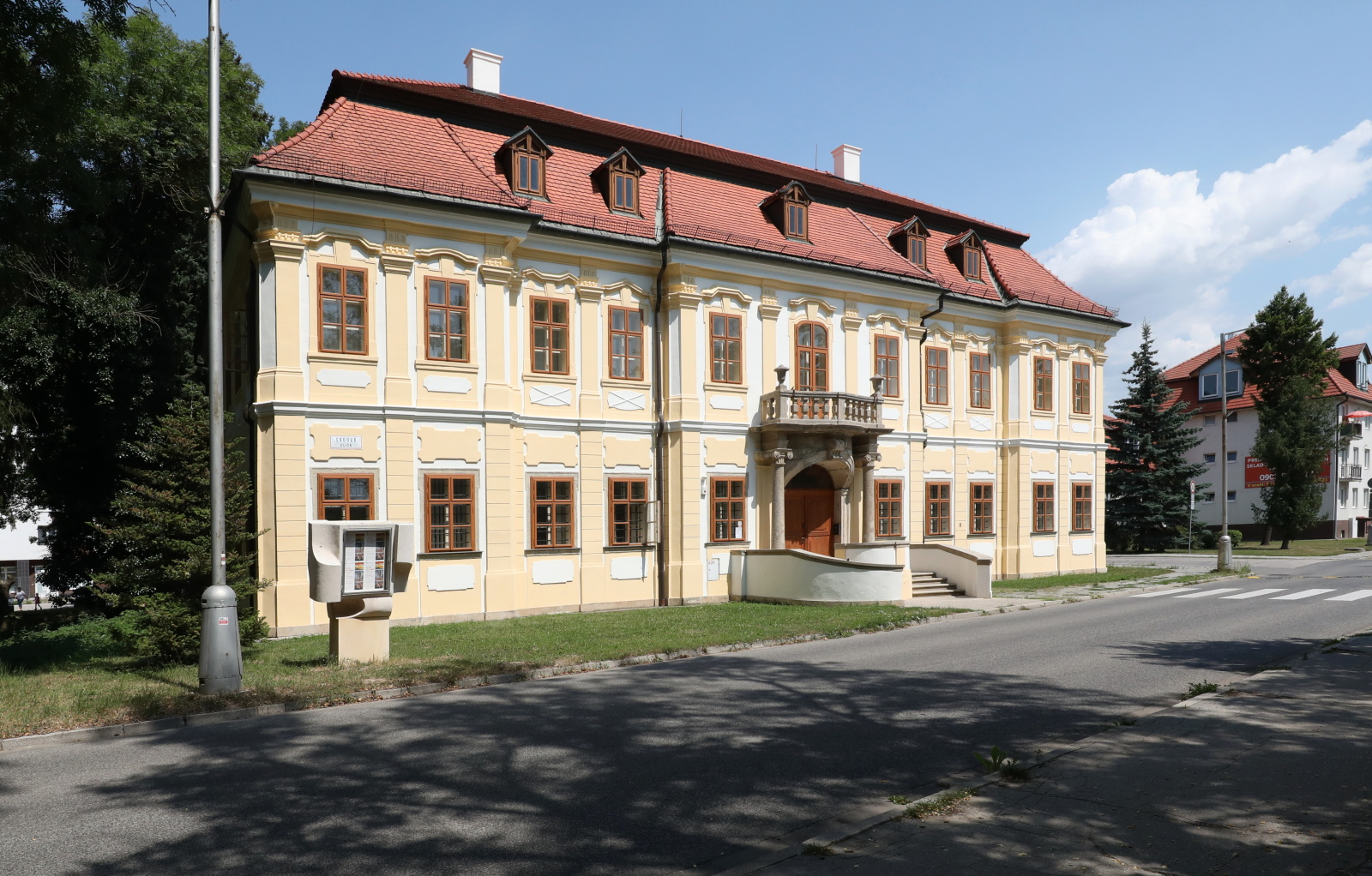Home › About gallery › History
History
History
The Ján Mudroch Gallery was established in Senica (Záhorie region) on 1 December 1984.
September 2011 it was named after the national artist, painter Ján Mudroch (1909 – 1968) who was born in Senica – Sotina, not far from the present gallery. Thanks to the artist and the posthumous exhibition of his works in Senica in 1969, the idea of establishing an independent cultural institution in Záhorie, dating back to 1960, was revived. The decisive step towards its foundation was the decision to use the mansion in Senica, called Machatka. On 11 February 1975 the District Council in Senica adopted a resolution declaring the mansion a “cultural and social facility for gallery purposes”. After solving the issues of property rights, Pamiatkostav Žilina carried out an extensive refurbishment project, including architectural changes, by architect J. Janotová from Stavoprojekt Bratislava.
Since its establishment, the gallery has changed its name and administrative control several times. Originally, it was controlled by the District Council of Senica and called Záhorská galéria (Záhorie Gallery). This name was used from 1991 to 1996, when the institution was under the control of the Ministry of Culture of the Slovak Republic in Bratislava. In the following three years, it was controlled by the Trnava State Cultural Centre under the name Hornozáhorská galéria (Upper Záhorie Gallery) supervised by the Regional Office in Trnava. It was run under its original name between 1999 and 2002. At the end of this period (2002), it came under the control of the Trnava Regional Council and since 2011 it has been known as the Ján Mudroch Gallery in Záhorie in Senica.
The gallery is located in an architecturally impressive Late Baroque mansion, probably completed in 1760. Its architectural design is attributed to the Viennese architect F. A. Hillebrandt. Historical sources indicate that the original owner of this mansion was General Hávor, originally from Ružomberok, who had the mansion built. The mansion was consecrated by the Catholic priest Ján Nagy in 1743, and probably completed in 1760. The Nyár family (old Hungarian nobility) were the next owners. The last owners – since the 19th century – were Imrich Kálmán and his wife (born Machatová, the daughter of a rich miller from the village of Dojč). The mansion is known by its nickname Machatka.
The two-storey building has a mansard roof and a typical Baroque symmetrical layout with dimensions 16 x 33 metres. It is a three-winged construction with a median buttress and an impressive portal above the entrance with two columns and Corinthian capitals, which carry a balcony with balustrades. The entrance from the courtyard has the shape of a square tower with a gateway. A small chapel with an illusive Baroque fresco is located in the upper part.











